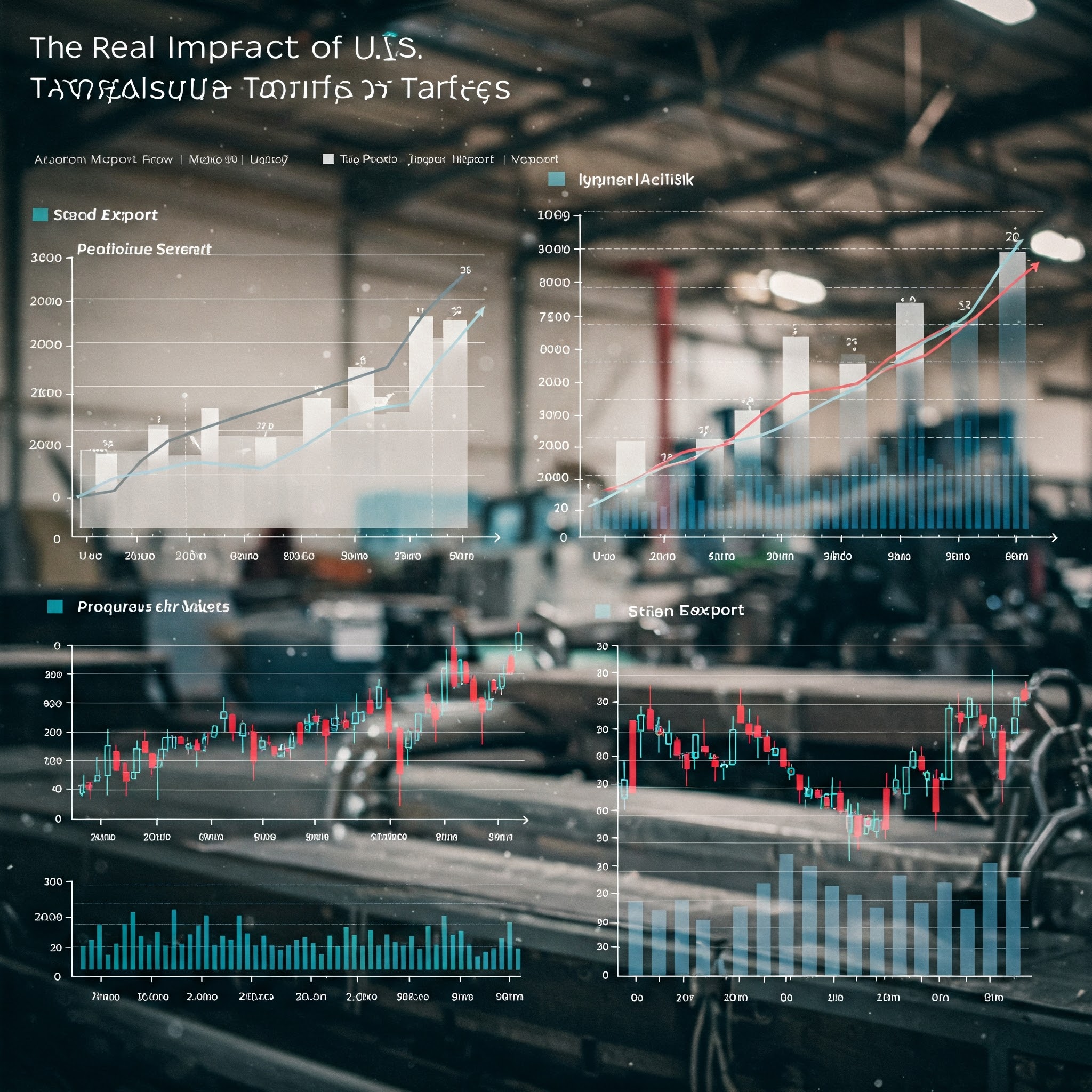Introduction
The U.S. aluminum industry, once a global leader, has witnessed a dramatic decline in its domestic production capacity. In response to this situation, the Trump administration has reintroduced and intensified a 25% tariff on all aluminum imports, effective March 2025. This strategic move aims to revive domestic aluminum production and protect American manufacturers. However, the ripple effects of these tariffs extend beyond U.S. borders, influencing global trade, consumer prices, and employment rates.
Current State of the U.S. Aluminum Industry
| Year | Number of Operational Aluminum Smelters | Domestic Production (Million Metric Tons) | Percentage of Global Production |
|---|---|---|---|
| 2000 | 23 | 3.7 | 13% |
| 2015 | 9 | 1.6 | 3% |
| 2023 | 4 | 0.9 | 1% |
| 2025 (Projected) | 4 | 0.95 | ~1% |
Sources: U.S. Geological Survey (USGS), The Aluminum Association
Overview of the Tariffs
- Tariff Rate: 25% on all aluminum imports
- Effective Date: March 2025
- Targeted Countries: Global, with significant focus on Canada, which is the largest supplier of aluminum to the U.S.
Major Trade Partners Affected
| Country | 2024 U.S. Aluminum Import Value (Billion USD) | Share of U.S. Aluminum Imports (%) |
|---|---|---|
| Canada | $11.0 | 50% |
| China | $3.5 | 16% |
| United Arab Emirates | $2.1 | 10% |
| Russia (pre-ban) | $1.7 | 8% |
| Others | $3.7 | 16% |
Sources: U.S. Census Bureau, International Trade Commission (ITC)
Economic and Industry Impact
1. Impact on U.S. Industries
Industries that rely heavily on aluminum as a raw material, such as automotive, aerospace, and beverage packaging, are expected to face significant cost increases:
- Beer and beverage can manufacturers: Already burdened with $1.4 billion in additional costs from earlier tariffs, these industries are projected to incur even higher expenses under the new tariffs.
- Automotive manufacturers: Increased input costs may lead to higher prices for consumers and reduced competitiveness for U.S.-produced vehicles.
2. Impact on Employment
- According to Alcoa CEO William Oplinger, approximately 20,000 direct aluminum industry jobs and 80,000 indirect jobs (e.g., in supply chains) could be at risk, totaling up to 100,000 jobs nationwide.
3. Impact on Consumers
Consumers are likely to face higher prices for aluminum-dependent products, including:
- Beverage cans
- Automobiles
- Electronics
Global Trade Tensions
The tariff imposition has led to heightened tensions with key trade allies, especially Canada:
- Canada: As the U.S.’s primary aluminum supplier, the Canadian government has expressed strong opposition and is considering retaliatory measures.
- European Union and Australia: Both allies have criticized the tariff policy, warning of potential counter-tariffs on American exports.
Potential Macroeconomic Implications
| Factor | Possible Outcome |
|---|---|
| Inflation | Upward pressure due to higher production costs |
| Employment | Job losses in downstream aluminum-using sectors |
| U.S. Manufacturing Competitiveness | Decrease due to higher input costs |
| Trade Relations | Strained, particularly with Canada and EU |
Conclusion
While the goal of revitalizing the U.S. aluminum industry is vital for national economic security, the broader consequences of the 2025 aluminum tariffs may challenge both domestic stability and international relationships. Policymakers must weigh the benefits of protecting domestic industries against the adverse effects on U.S. manufacturers, consumers, and trade partners. A balanced approach may be necessary to ensure long-term economic resilience.

















